Filter by
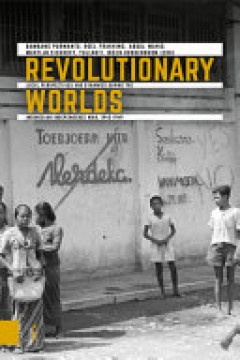
Revolutionary worlds. Local perspectives and dynamics of the Indonesian Indep…
Revolutionary Worlds looks at the Indonesian revolution (1945-1949) from a local and regional perspective. With seventeen contributions, Indonesian and Dutch researchers bring to life the revolutionary world from widely differing perspectives. The authors explain how Indonesian, Chinese, Indian and Eurasian civilians, fighters, farmers and officials experienced and shaped the often volatile per…
- Edition
- 1
- ISBN/ISSN
- 9789463727587
- Collation
- 538p
- Series Title
- Onafhankelijkheid, Dekolonisatie, Geweld en Oorlog in Indonesië 1945-1950,
- Call Number
- 950 REV b

The Invasion of The South: Army Air Force Operations, and the Invasion of Nor…
Between 1966 and 1980, the War History Office of the National Defense College of Japan (now the Center for Military History of the National Institute for Defense Studies) published the 102-volume Senshi Sōsho (War History Series). The present book completes the trilogy of English translations of the sections in the Senshi Sōsho series on the Japanese operations against the former Dutch East I…
- Edition
- 34
- ISBN/ISSN
- 9789400604100
- Collation
- 519p
- Series Title
- -
- Call Number
- 940.544952 REM
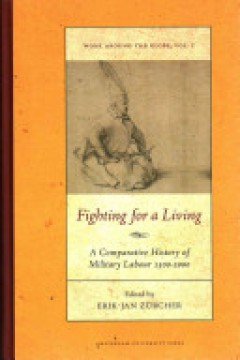
Fighting for a Living : Comparative History of Military Labour 1500-2000
Fighting for a Living investigates the circumstances that have produced starkly different systems of recruiting and employing soldiers in different parts of the globe over the last 500 years. It does so on the basis of a wide range of case studies taken from Europe, Africa, America, the Middle East and Asia. The novelty of "Fighting for a Living" is that it is not military history in the tradit…
- Edition
- -
- ISBN/ISSN
- 9789089644527
- Collation
- 209p : ill.
- Series Title
- -
- Call Number
- 355.22309 FIG f
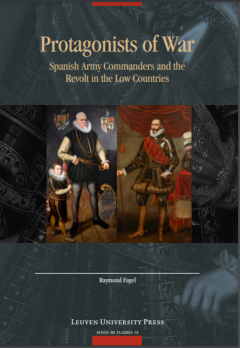
Protagonists of war : Spanish army commanders and the revolt in the Low Count…
This is a book on early modern war narratives. In order to reach a fuller understanding of war narratives in general and those on the Revolt in the Low Countries in particular, it is necessary to return to the stories as they came into being. How did people describe the events they participated in, witnessed or heard about? Episodic descriptions of war events and their protagonists can be …
- Edition
- -
- ISBN/ISSN
- 9789461664044
- Collation
- 388p
- Series Title
- -
- Call Number
- 949.203 RAY p
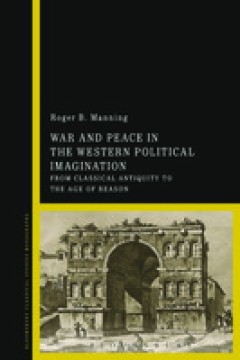
War And Peace in The Western Political Imagination
The study of war in all periods of prehistory and recorded history has always commanded the attention of historians, dramatists, poets and artists. The study of peace has, however, not yet gained a comparable readership, and the subject is attracting an increasing amount of scholarly research. This volume presents the first work of academic research to tackle this imbalance head on. It looks at…
- Edition
- -
- ISBN/ISSN
- 9781474258722
- Collation
- -
- Series Title
- -
- Call Number
- -

Napoleonic Governance In The Netherlands And Northwest Germany
“Van der Burg presents an innovative transregional study of Napoleonic governance in the often-overlooked northern periphery of the Empire. This book carefully examines the Empire’s administrative structure in the north, focusing on the heterogeneous community of prefects and subprefects as ‘tools of incorporation’, binding the regions to the central state. His rich comparative analysis…
- Edition
- -
- ISBN/ISSN
- 9783030666583
- Collation
- -
- Series Title
- -
- Call Number
- -
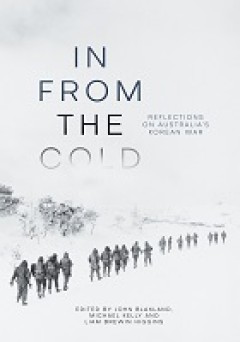
In From The Cold
"Open hostilities in the Korean War ended on the 27th of July 1953. The armistice that was signed at that time remains the poignant symbol of an incomplete conclusion – of a war that retains a distinct possibility of resuming at short notice. So what did Australia contribute to the Korean War from June 1950 to July 1953? What were the Australians doing there? How significant was the contribut…
- Edition
- -
- ISBN/ISSN
- 9781760462734
- Collation
- -
- Series Title
- -
- Call Number
- -

The politics and science of prevision : governing and probing the future
"This book inquires into the use of prediction at the intersection of politics and academia, and reflects upon the implications of future-oriented policymaking across different fields. The volume focuses on the key intricacies and fallacies of prevision in a time of complexity, uncertainty and unpredictability. The first part of the book discusses different academic perspectives and contributio…
- Edition
- 10
- ISBN/ISSN
- 9780367900748
- Collation
- xi, 272 p. : ill.
- Series Title
- -
- Call Number
- 320.6 WEN t
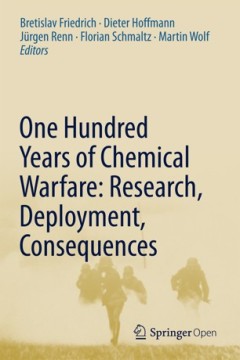
One hundred years of chemical warfare: research, deployment, consequences
On April 22, 1915, the German military released 150 tons of chlorine gas at Ypres, Belgium. Carried by a long-awaited wind, the chlorine cloud passed within a few minutes through the British and French trenches, leaving behind at least 1,000 dead and 4,000 injured. This chemical attack, which amounted to the first use of a weapon of mass destruction, marks a turning point in world history. The …
- Edition
- -
- ISBN/ISSN
- 9783319516646
- Collation
- xi, 408p. : ill.
- Series Title
- -
- Call Number
- 355 ONE o
 Computer Science, Information & General Works
Computer Science, Information & General Works  Philosophy & Psychology
Philosophy & Psychology  Religion
Religion  Social Sciences
Social Sciences  Language
Language  Pure Science
Pure Science  Applied Sciences
Applied Sciences  Art & Recreation
Art & Recreation  Literature
Literature  History & Geography
History & Geography